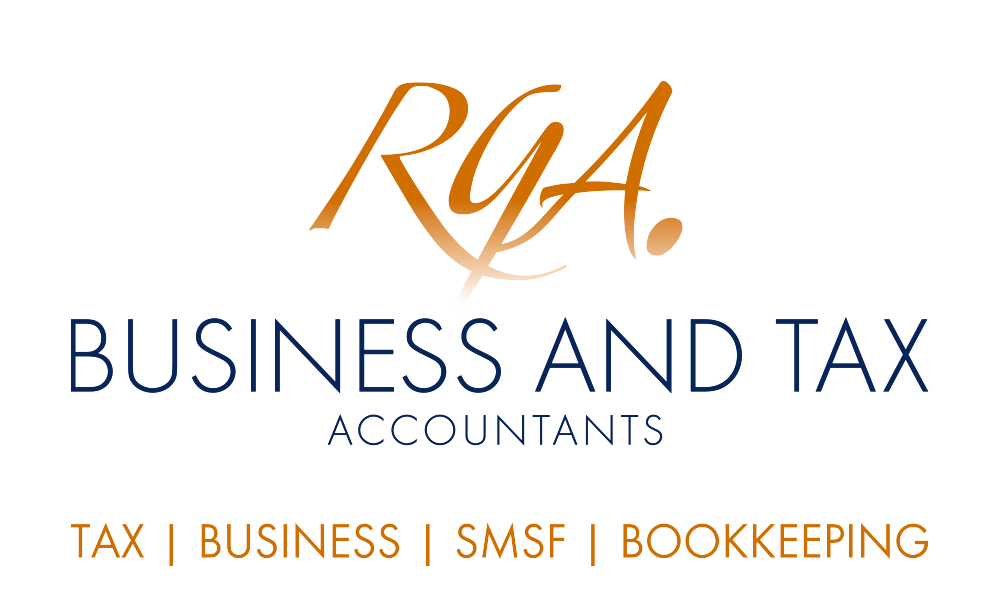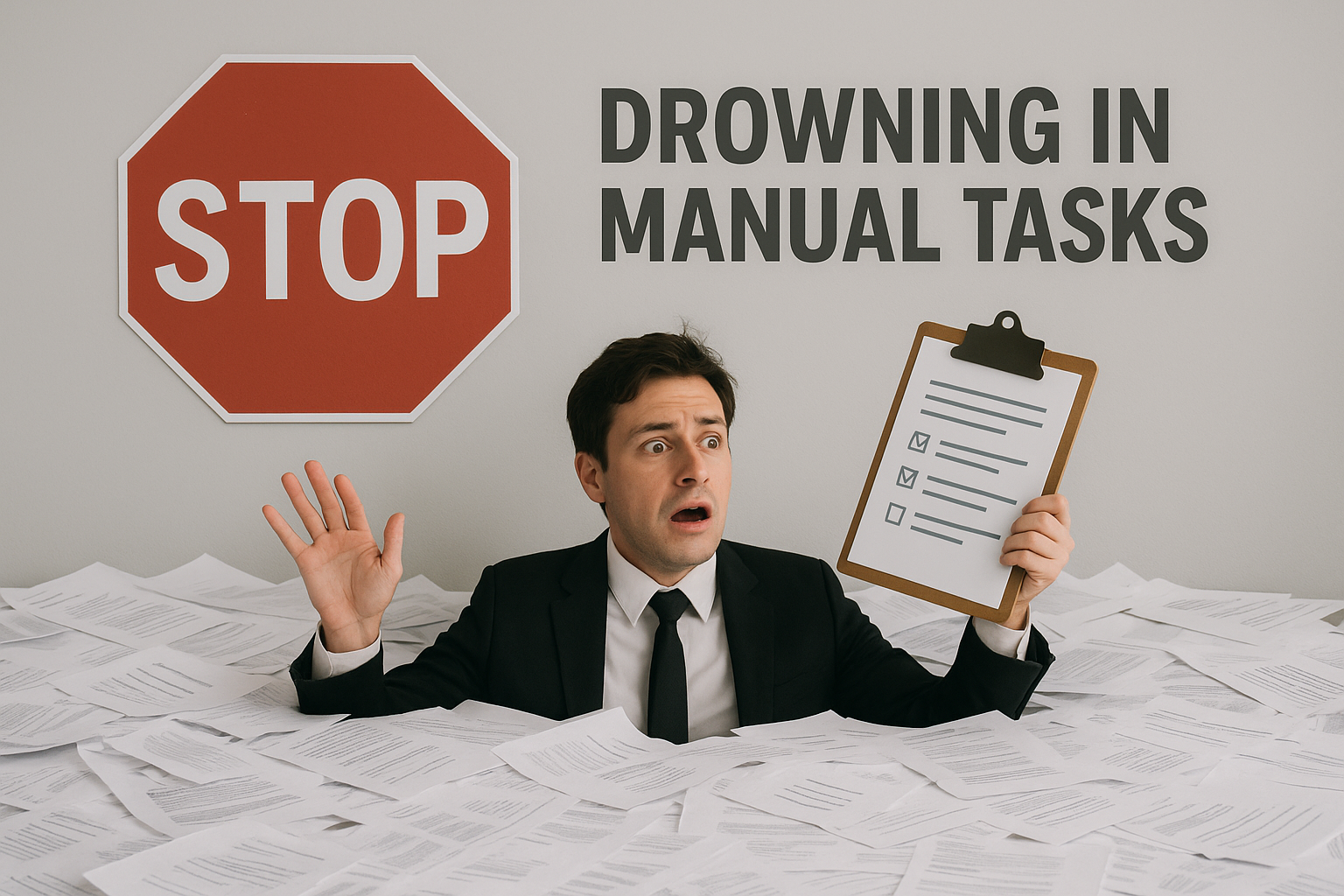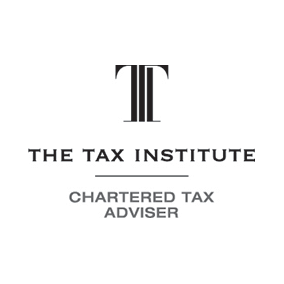Loss carry back: beware of common mistakes

Tax time will soon be coming to an end, if you run a small business and haven’t yet lodged the 2020-21 business tax return, don’t forget that you may be able to claim the loss carry back, which could result in either a cash refund or a reduced tax lability. Businesses can only carry back losses made in the 2019-20, 2020-21 or 2021-22 income years in their 2020-21 and 2021-22 company tax returns. To assist business taxpayers, the ATO has also outlined the most common mistakes it has seen so far, including incorrect calculation of the offset.
As businesses around Australia endure the ever ending cycle of lockdowns to combat COVID-19, many small businesses can use all the help they can get. For businesses that haven’t lodged their 2020-21 tax returns yet, don’t forget you can claim the loss carry back subject to eligibility criteria which may help get extra funds back into your business.
The loss carry back is a refundable tax offset that was originally introduced by the Federal government as a part of a suite of measures to combat the effects of COVID-19 and the first series of lockdowns. In essence, businesses that are eligible get an offset by choosing to carry back losses to earlier years in which there were income tax liabilities, resulting in either a cash refund, a reduced tax liability or a reduction of a debt owing to the ATO.
Eligible businesses include a corporate entity that is both a:
- company, corporate limited partnership or a public trading trust throughout:
- the income year that you are claiming the tax offset;
- the income year you choose to carry the loss back; and
- any income years in between.
- small business entity in the loss year or would have been a small business entity if the aggregated turnover threshold was $5bn.
Businesses can only carry back losses made in the 2019-20, 2020-21 or 2021-22 income years in their 2020-21 and 2021-22 company tax returns. The tax loss can only be claimed once and the business cannot carry back capital losses, certain tax losses arising from the conversion of excess franking offsets, or transferred losses relating to either foreign banking groups or head companies of consolidated groups.
Remember, carrying back losses is not compulsory and is a choice for individual eligible businesses. If your business is eligible but in a good financial position, you can choose not to use the loss carry back and instead carry forward the loss which can be used to offset gain in future years.
The ATO notes that the most common mistakes it has seen so far in relation to the loss carry back include the following:
- incorrectly calculating the offset – the offset should be calculated using the business’ tax rate in the income year in which the loss was made.
- using the incorrect income tax liability amount – the amount of the tax offset cannot exceed the income tax liability for the income year the loss is carried back to.
- incorrect franking account balance – the amount of tax offset cannot exceed the franking account closing balance at the end of the claim year.
- mandatory labels in tax returns not completed – all loss carry back label items as well as the opening and closing franking account balance labels need to be completed.
According to the ATO, mistakes can delay the processing of tax returns and the associated refund, so to ensure that your business gets their refund as quickly as possible, careful review of the records relating to the losses and calculation of the offset should be undertaken.
Confused?
If your business would like to claim the loss carry back to boost cash flow but are confused as to either the eligibility or the calculation of the offset, we are here to help. Call or email us today for a contact free meeting with our experts.
Email us at Robert Goodman Accountants at reception@rgoodman.com.au . © Copyright 2021 Thomson Reuters. All rights reserved. Brought to you by Robert Goodman Accountants.









